Artemis Gallery presents cultural antiquities, Pre-Columbian and ethnographic art in July sale
Very fine limestone bust of a goddess, Cyprus, Greece, ca 6th to 5th century BCE. Estimated Price: $4,000 - $6,000. Photo Artemis Gallery.
BOULDER, COLO.- The old saying “They aren’t making any more of it” usually comes up in discussions about real estate, but it also applies to ancient antiquities. Great cultural pieces that have survived the ages are in a class of their own, and as their line of provenance grows longer, such treasures become scarcer and less available to collectors. That’s where Artemis Gallery steps in, literally leaving no stone unturned to source authentic antiquities, Pre-Columbian and ethnographic art to offer via the auction method. Their next sale is slated for Friday, July 31. All auction items are unconditionally guaranteed to be authentic and legal to purchase.
The offering of 300+ lots showcases a global array of superb ancient treasures from Egypt, Greece, Rome, the Near and Far East, as well as South America, Southeast Asia and many stops in between. While advanced collectors will find a plentiful selection of high-end items available to them, those who prefer affordability along with the gallery’s ironclad authenticity may want to focus their attention on the popular Marketplace section, starting at Lot 250. Now a staple of every Artemis sale, this carefully curated grouping of pieces with opening bids as low as $50 is designed to encourage new collectors to discover the relics and art of early civilizations.
The mysteries of Ancient Egypt continue to fascinate the modern world through figures such as the faience sekhmet entered as Lot 1B. Dating to the Third Intermediate Period, circa 1069-664 BCE, the 8½-inch stone sculpture depicts a lion-headed goddess with wedjat eyes, decorated with Egyptian gods and seated on a throne. Formerly in a French private collection and accompanied by its own French passport, the figure is estimated at $4,500-$5,500.
Large, seated figure of the lion-headed goddess, Sekhmet, Egypt, Third Intermediate Period, ca. 1069 to 664 BCE. Estimated Price: $4,500 - $5,500. Photo Artemis Gallery.
She is seated on a throne, decorated with Egyptian gods including Mut, Nehebkau and wedjat eyes. Size: 8-1/2"H. Condition Report: Losses as shown.
Provenance: Ex-private French collection, acquired before 1970. Comes with a French passport.
Lot 8C, an Ancient Egyptian limestone stele (engraved funerary pillar) from the Ptolemaic Period, 300-30 BCE, depicts the deceased offering incense to Osiris across a richly laden offering table. Standing 9½ inches tall and formerly in the collection of Maria Segers, the stele is featured in a 1995 book that was published by Museum Vleeshuis in Antwerp, Belgium. Estimate: $4,000-$6,000.
An ancient Egyptian limestone stele, probably from a workshop, Egypt, Ptolemaic Period, 300 to 30 BCE. Estimated Price: $3,400 - $4,400. Photo Artemis Gallery.
This unfinished stele depicts the deceased offering Osiris incense and with a richly laden offering table between them. A winged disc on top. Includes custom stand. Size: 9-1/2"H x 7-1/2"W not including custom stand. Condition Report: Intact with wear as shown.
Publication: Museum Vleeshuis. Egypte Onomwonden: Egyptische oudheden van het museum Vleeshuis. Antwerp, Belgium: Pandora, 1995.
Provenance: Ex-private Maria Segers collection, Belgium, purchased in the 1970s.
A fine ancient Egyptian cartonnage fragment, Egypt, Ptolemaic-Roman Period, 100 BCE to 100 CE. Estimated Price: $1,800 - $2,700. Photo Artemis Gallery.
depicting a winged goddess standing on a pedestal. Fronted with a ureas and remains of a winged figure facing her back. Size: 7-1/8"H x 7"W.Condition Report: Fragmentary, but with all original pigmentation
Provenance: Ex-private Dutch collection, acquired in the early 1980's.
A beautifully decorated circa 330-310 BCE Greek Campanian bell krater from the Cumae region of southern Italy has two distinctive scenes encircling its upper portion. Side A shows a draped, seated female holding a patera (libation dish) and tambourine. Its other side features a profile portrait of a Lady of Fashion. This vessel comes with provenance from the Hass collection (1990s) and London Folio Society (1970s), which was the catalog name used by collector Charles Ede. Estimate: $2,500-$3,500.
Bell Krater, Greece, Magna Grecia, Cumae region of southern Italy, ca. 330 to 310 BCE. Estimated Price: $2,500 - $3,500. Photo Artemis Gallery
Attractive and somewhat unusual bell krater manufactured in Greek Campania. In most bell kraters from this period one side features a main theme, the other a simple scene of standing youths. This krater is well painted on each side. Side "A" shows a draped seated female, patera in her left hand tambourine in her right. On side "B" is a Lady of Fashion portrait facing left. Attributed by Trendall as coming from the CA Painter - the most famous and one of the earliest of the Campanian painters. Size: 7"H (17.8 cm). Condition Report: Intact and excellent, wear to inner rim as shown
Provenance: Ex-private Hass collection, 1990s, London Folio Society, 1970's. Folio was the catalog name used by Charles Ede in the early to mid 1970's.
Another Campanian treasure is Lot 12A, a red-figured kylix that has remained in a German private collection since the 1960s and comes to auction with a $5,000-$7,000 estimate.
Red-Figured Stemless Kylix, Greek, Campania, 340 to 320 BC. Estimated Price: $5,000 - $7,000. Photo Artemis Gallery.
The interior with a woman striding gracefully to the right while she is holding a tambourine. She wears a long girt chiton enhanced with white dots and a double stripe down the side. Also bracelets and sandals. The tondo is encircled by a laurel wreath with berries and tiny dots in applied white. The exterior with couples of women wearing pleated garments with double stripes. Applied white for their spiked diadems and bracelets. The handle area with central palmettes flanked by tendrils with bellflowers (campanulae). For related kylices, cf. nos. 9002758, 9002751 or 411101 in the Beazley Archive. Size: 9-1/4" W to handles. Condition Report: Excellent quality and condition. One shard reattached, a small section of one handle restored.
Provenance: Ex-private Augsburg, Germany collection, since the 1960s.
Gorgeous pair of bronze appliques, each of the head of a youthful Dionysus, Roman Empire, ca. 3rd century CE. Estimated Price: $4,000 - $6,000. Photo Artemis Gallery.
with elaborate coiffure including grape clusters; eyes with partial paste inlays remaining. Includes custom stands. Size: each measures 2-3/4"H (7 cm.) not including custom stands. Condition Report: Paste eye inlays remain in only 1 eye of 1 example, else excellent.
Provenance: Ex-Royal Athena Gallery, NYC, NY; ex-private B.H.S. collection, a retired military officer from St. Petersburg, FL, formed in the 1950s to early 1970s
From a later period of Greece’s fascinating history comes a late-17th-century CE Ionian Islands triptych “Second Coming of Christ,” which is polychrome painted over gold foil on each of its three wood panels. The imagery depicts three of Christianity’s most significant events: the birth of Jesus Christ, the Last Judgment, and the Crucifixion. Formerly in the O’Keefe private collection, New Jersey; and Roebling family collection, this museum-grade piece is cataloged as Lot 13A with an estimate of $1,800-$2,500.
Triptych, “Second Coming of Christ”, Greece, Ionian Islands, ca. late 17th century CE. Estimated Price: $1,800 - $2,500. Photo Artemis Gallery
painted colors over gold foil on wood, comprising carved and gilded central frame, with similarly decorated flat wood side shutters. Post- Byzantine; Venetian-held territory, most likely Corfu in the Ionian Islands. Central panel 4½ wide x 5-5/8 high, opening to 8¾ wide. Colors include red, darkest blue, and umber. Central composition: Last Judgment, or the Second Coming of Christ. Depicting Christ enthroned, sitting beneath an archway, within wreath inscribed in red letters, with feet on globe of the world. Standing beneath, ten apostles and bishops framing Saints Constantine and Helen. Painted in red, green, and black on a sheet of gold, within wooden arch supported by columns, these also gilded. Viewer’s left panel: Adoration of the Magi. “The Nativity of Christ” inscribed in Greek majuscule. Mary seated, holding the Christ Child, with Joseph standing behind her. One of the Magi kneels before her presenting a gift, while the other two look on. A star shines from above, with a group of angels in red looking upon the scene. Viewer’s right panel: Crucifixion. Christ hanging on the cross, between a red sun and dark moon. Mary, Joseph/John the Baptist(?) and others kneel with their backs to the cross. As in the other sections, red-winged angels look down from above.
Condition Report: Gold expertly conserved, but item not cleaned, the darkened color pigments and wood’s beaded detail especially showing centuries of exposure to oil lamps, a patina which cannot be replicated. Under an ordinary table lamp or flashlight, the principal colors emerge; the red especially shows as the reddest of reds, with a pure hue rarely seen even in mediæval manuscripts. Side panels held with crude link hinges, all very old, at least one and possibly all original. Some modest chipping at lower edges of side panels, left door somewhat warped with grain, probably from being open for hundreds of years, else very good.
Provenance: Ex-private O'Keefe collection, New Jersey, ex-private Roebling family collection, two of whose members designed and built the Brooklyn Bridge
Moving to the Asian section, the auction includes many important pieces, like Lot 32, a wonderfully carved 19-inch Gandharan gray schist frieze of a female deity, 2nd to 3rd century CE, estimated at $9,000-$12,000; and Lot 34, a Gandharan 15-inch seated Bodhisattva of similar age and composition that is estimated at $5,000-$7,000.
Beautiful and sensitive carving in gray schist of a standing female deity, Gandhara, modern India to Pakistan, ca. 2nd to 3rd century. Estimated Price: $9,000 - $12,000. Photo Artemis Gallery.
Beautiful and sensitive carving in gray schist of a standing female deity. She stands with legs crossed, most of her weight on her right leg, one hand to her hip, other raised. She wears a tight fitting draped robes with flowing sash over her shoulders, long necklace adorning her ample bosom, diadem around her coiffed hair. Size: 19"H. Condition Report: Missing right hand, else quite excellent.
Provenance: Ex-private New York, Newy York collection.
Superb carved gray schist Buddha,Gandhara, modern India to Pakistan, ca. 2nd to 3rd centuries. Estimated Price: $5,000 - $7,000. Photo Artemis Gallery.
Well-carved seated in dhyanasana on an inverted lotus. The bare soles of his feet upturned, his hands raised before his chest in the gesture of elucidation, wearing a sanghati draped across his left shoulder and gathered in elegant folds around his ankles, his face in a meditative expression with downcast eyes beneath arched brows, backed by a round nimbus. Custom stand. Size: 15"H (38 cm) not including tang or custom stand. Condition Report: Left knee slightly truncated, two stable cracks on front of chest, else quite excellent
Provenance: Ex-private New York, Newy York collection.
The central figure of Lot 52A, a circa-18th-century Sino-Chinese thangka, is Guhyasamaja Buddha, who represents the union of all of the Buddha clans and is head of the Akshobya clan. Profusely adorned with dozens of depictions of symbolic animals and deities sacred to the Buddhist faith, this thangka measures 30 by 40 inches (framed) and comes from the collection of a Colorado-based mountain climber who scaled some of the world’s highest peaks. While traveling and mountain climbing in Asia, he acquired many examples of precious art, including the thangka, estimated at $3,000-$5,000.
Thangka of the Guhyasamaja Buddha, Southeast Asia,, ca. 18th century. Estimated Price: $3,000 - $5,000. hoto Artemis Gallery
This thangka features a central depiction of Guhyasamaja Akshobhyavajra Father Mother. Guhyasamaja Buddha symbolically represents the union of all of the Buddha clans and is head of the Akshobya clan. Je Tsong Khapa referred to the Guhyasamaja Tantra as "the king of all tantras". His main face is blue, the face on the right side is either yellow or gold and the face on the left is red and each is adorned with the third all seeing eye or wisdom eye. The three faces have varying interpretations: symbolizing the transmuted delusions of anger, ignorance and attachment; the three major channels of the vajra body; the purified minds, the increase and near attainment; and lastly the experience of illusory body, clear light and union. In this case, rather than three faces, the artist interpreted the deity with three figures, one to each side of Guhyasamaja Buddha. Inhabiting the rest of the composition are dozens of depictions of symbolic animals and deities sacred in the Buddhist faith. Custom frame and mat. Painting itself measures 25-1/2" x 31-3/4" (34" x 40" framed). Condition Report: Showing obvious signs of wear, but for the age quite exceptional. Frame shows a bit of loss and cracking. Proper conservation would significantly increase its value.
Provenance: Ex-private Burns collection, Longmont, CO, acquired in the 1950s-1960s. Mr. Burns is an accomplished mountain climber who scaled many of the highest peaks across the globe.
The section featuring art of early Pre-Columbian cultures includes Lot 85A, a Mayan Ulua Valley (Honduras) polychrome vessel with handles fashioned as protruding turtle heads. To the Mayan culture, turtles symbolized, among other things, fertility and the emergence of life from a supernatural state. Formerly in the collection of Emmy Award-winning Hollywood writer and executive producer Donick Cary, this colorful, profusely decorated piece is estimated at $1,500-$2,000.
A large and impressive hand-built terracotta vessel with two turtle heads, Pre-Columbian, Mayan Territories, Honduras, Ulua Valley, ca. 550 to 900. Estimated Price: $1,500 - $2,000. Photo Artemis Gallery
serving as handles on opposite sides, the body between the turtle heads adorned with an incised geometric pattern intended to represent the animal's body. The iconography is even more complex, as there are two registers of human or animal face glyphs wrapping the vessel, one on the neck, the other below the turtle form toward the base - perhaps representing the turtle's carapace and lower shell. A magnificent ceramic work with an elaborate decorative program and deep symbolism. Size: 7-1/4" x 6-1/2" in diameter at widest. Condition Report: Intact with expected surface wear and nice manganese deposits
Provenance: Ex-private D. C. collection, California. Emmy Award Winning Hollywood writer and Executive Producer, collected before 2000.
Note: Turtle imagery indicated the watery surface that both bridged and separated the sky from the underworld, suggesting the vastness of the cosmos. In addition, turtles had fertility connotations and to the Mayans the turtle was thought to be an ally of the rain god Chac who also symbolized fertility. The blending of both human heads and turtle imagery on this vessel indicates an iconographic theme that suggests the emergence of life from an earth-turtle supernatural.
An outstanding selection of Pre-Columbian art and relics will be available to bidders. Lot 99B, a mounted Veracruz (Mexico) volcanic stone hacha (ritual object or trophy) depicting the stylized head of a serpent is 7 inches long and expected to make $6,200-$9,200; while Lot 112, a rare Inca copper and silver ceremonial rattling kero (drinking vessel) that originated in the region from central Peru to northern Chile, circa 1300-1500 CE, is affordably estimated at $900-$1,200.
A beautiful carved gray volcanic stone hacha depicting a stylized head of a serpent. Mexico, Vera Cruz/Veracruz, ca. 700 to 900. Estimated Price: $6,200 - $9,200. Photo Artemis Gallery.
Size: 7"L x 2-1/2"W. Condition Report: Intact with mineral deposits as shown.
Provenance: Ex-private New York collection.
Nazca Bridge Spouted Vessel, Pre-Columbian, southern Peru, ca. 200 to 300. Estimated Price: $900 - $1,500. Photo Artemis Gallery.
truly spectacular vessel! Globular bridge spouted vessel painted with the mythical feline decapitator god with long serpentine body to which is attached 5 trophy heads, while he holds a 6th head in his left hand a weapon in his right. Macabre, but stunning! Size: 6"H. Condition Report: Intact with minor surface abrasion, else intact and excellent with strong paint.
Provenance: Ex P. Davis via descent, acquired between 1985 and 1995
A fabulous carved jade in the form of a seated figure, Pre-Columbian, Mayan Territories, ca. 300 to 800. Estimated Price: $1,400 - $2,000. Photo Artemis Gallery
His left leg is folded under him with hands on his belly, wearing bracelet and large ear spools. Size: 2-1/4"H x 1-1/4"W. Condition Report: Suspension loop at top worn through, else near choice.
Provenance: Ex-private G. Martel collection, acquired before 1980.
Artemis Gallery will open a virtual jewelry box resplendent with vintage Native-American jewelry, mostly from Zuni and Navajo artisans. Heavy silver bracelets and rings studded with desirable old turquoise and coral exemplify the innovative designs unique to North American tribal silversmiths. Lot 119A is a 1920s Zuni silver cuff bracelet with 86.7 grams of petit-point turquoise stones hand-cut in round, oval and pear shapes. Estimate: $450-$650. A circa-1950 Navajo silver cuff bracelet with intricate alternating rows of chevron-shape and twisted-rope decoration weighs 64.1 grams and comes with provenance from Historia Antiques of Santa Monica, California. Estimate: $400-$800. There are many other high-quality designs with estimates as low as $75.
Zuni Petite Point Silver and Turquoise Cuff Bracelet, Native American, Southwest United States, ca. 1920. Estimated Price: $450 - $650. Photo Artemis Gallery.
Zuni Petit Point jewelry is some of the most impressive Native American jewelry and this cuff bracelet is a fine and old example comprised of sterling silver and Petit Point stones that are round, oval, and pear shaped, hand-cut by a Zuni lapidarist. Zuni artisans are known for their intricate work and their meticulous attention to detail. The Zuni are also highly respected for their stonework and almost never create plain silver jewelry, as they are known for their natural turquoise from the infamous Sleeping Beauty Mine. Petit point is one of their most traditional styles and pieces use sterling silver and small, hand-selected turquoise stones. This example boasts remarkable handiwork and beauty. Breathtaking wearable art that is made nowhere else in the world! Size: 86.8 grams with stones; size: 7"L with central motif that measures 2-7/8" in diameter. Condition Report: Intact and choice!
Provenance: Ex-Historia Antiques, Santa Monica, CA.
Forty-one lots of exceptional Spanish Colonial art from the estate of James Caswell (1948-2015) – a renowned collector who owned Historia Antiques – have been entrusted to Artemis Gallery and include artworks from Mexico, Spain and South America. There are many 19th-century Mexican retablos, such as Lot 125, a circa-1885 portrait of Santa Lucia, 13 by 9 inches and estimated at $1,500-$2,500. Lot 122A, a pair of 18th-century Spanish silver reliquaries (miniature portraits), depicts delicately painted saints. The lot carries a $1,200-$1,500 estimate. From Bolivia, a circa-20th-century silver rendering of a crowned lion brandishing a royal standard, with physical similarities to the “leon real” that appears on the Spanish coat of arms, is offered as Lot 131 with a $1,500-$2,000 estimate. Also of silver, a remarkable heart-shape milagro is covered with numerous symbols of Christianity, e.g., Jesus, an angel, Satan, etc., comes from either Honduras or El Salvador and dates to around 1925-1950. Its pre-sale estimate is $200-$300.
An extremely rare and finely painted retablo depicting Santa Lucia, Latin America, Mexico, ca. 1885. Estimated Price: $1,500 - $2,500. Photo Artemis Gallery
a popular saint throughout Europe who is rarely found on tin paintings in Mexico. Saint Lucy was martyred because of her Christian beliefs. A fine and exceedingly rare example! Size: 13" x 9". Condition Report: Intact with paint in very good and complete condition. Only minor surface wear. A perforation at top middle for suspension
Santa Lucia is shown here in the traditional manner, as a young woman holding a palm leaf in her left hand and a small dish with two eyes boldly looking outward in her left hand. According to legend, she plucked out her eyes to relieve the suffering they caused a suitor of hers. However, it is more plausible that her name Lucia (light) inspired that depiction of eyes, as this symbol is interpreted as a lantern in European art. Saint Lucy is usually called upon to combat blindness; however, in Mexico Archangel Raphael is usually favored for this purpose, making this example quite unusual. Beyond this iconography, the painting demonstrates the artist's great skill in creating a naturalistic rendering of her face and hands as well as modeling the figure and her drapery. In addition, the landscape scene provides wonderful depth to the composition, the gorgeous cornflower blue skies in the background created to conjure impeccable aerial perspective.
Provenance: Ex-Historia Antiques, Santa Monica, CA
Pair of small silver portraits, Spain, 18th century. Estimated Price: $1,200 - $1,500. Photo Artemis Gallery
each with an image of a Saint printed on paper. Each is silver and each is designed to be double sided. Size: largest measures 3-5/8"H; 111.6 grams. Condition Report: Ill-fitting glass on one, else excellent
Provenance: Ex-private New York City collection.
A wonderful silver rendering of a regal lion, South America, Bolivia, ca. 20th century. Estimated Price: $1,500 - $2,000. Photo Artemis Gallery.
marching in a procession-like manner, brandishing a royal standard, and donning a crown that likely represents the castle of Castile. The piece is reminiscent of the royal leon that appears on the Spanish coat of arms, and was created in Bolivia. Interestingly, the city of Potosi in Bolivia was the location of the Spanish colonial mint. At the foot of Cerro de Potosi, the city of Potosi is sometimes referred to as the Cerro Ricco which translates as "rich mountain," dubbed so because mountain that was said to be comprised of silver ore. Cerro Ricco was the major supplier of silver for Spain during the period of the New World Spanish Empire. A historically and iconographically rich example comprised of silver, weighing 21 ounces or 586 grams! Size: 10-3/4" x 10". Condition Report: Intact with very minor surface wear
Provenance: Ex-Historia Gallery, Santa Monica, CA.
Silver Sacred Heart Jesus Ex Voto Milagro, Central America, Honduras or El Salvador, ca. 1925 to 1950. Estimated Price: $200 - $300. Photo Artemis Gallery.
Wonderfully detailed symbol of Christianity in solid silver. Included along with the heart are Satan, a pig, goat, angel holding a skull, cat, pheasant, dove and snake along with the head of Christ. Size: 4-5/8"H; 45.5 grams of .925 sterling silver. Condition Report: Intact and choice
Provenance: Ex-Historia Antiques, Santa Monica, CA.
Bidders may participate in Artemis Gallery’s Friday, July 31, 2015 auction live online, by phone (please reserve phone line in advance) or by leaving an absentee bid that will be lodged confidentially and competitively on their behalf. The sale will begin at 11 a.m. Eastern Time and will be conducted simultaneously on three bidding platforms: ArtemisGalleryLIVE.com, LiveAuctioneers.com and Invaluable.com. For additional information about any item in the auction, call Teresa Dodge at 720-890-7700 or email teresa@artemisgallery.com

/https%3A%2F%2Fprofilepics.canalblog.com%2Fprofilepics%2F1%2F0%2F100183.jpg)
/https%3A%2F%2Fstorage.canalblog.com%2F03%2F02%2F119589%2F96711876_o.jpg)
/https%3A%2F%2Fstorage.canalblog.com%2F11%2F31%2F119589%2F94773502_o.jpg)
/https%3A%2F%2Fstorage.canalblog.com%2F20%2F83%2F119589%2F94772815_o.jpg)
/https%3A%2F%2Fstorage.canalblog.com%2F26%2F72%2F119589%2F75604929_o.jpg)
/https%3A%2F%2Fstorage.canalblog.com%2F59%2F60%2F119589%2F26458628_o.jpg)


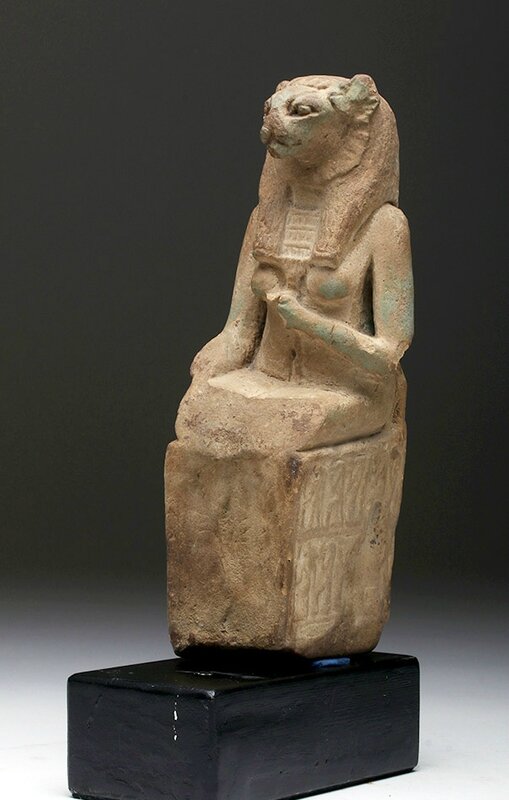





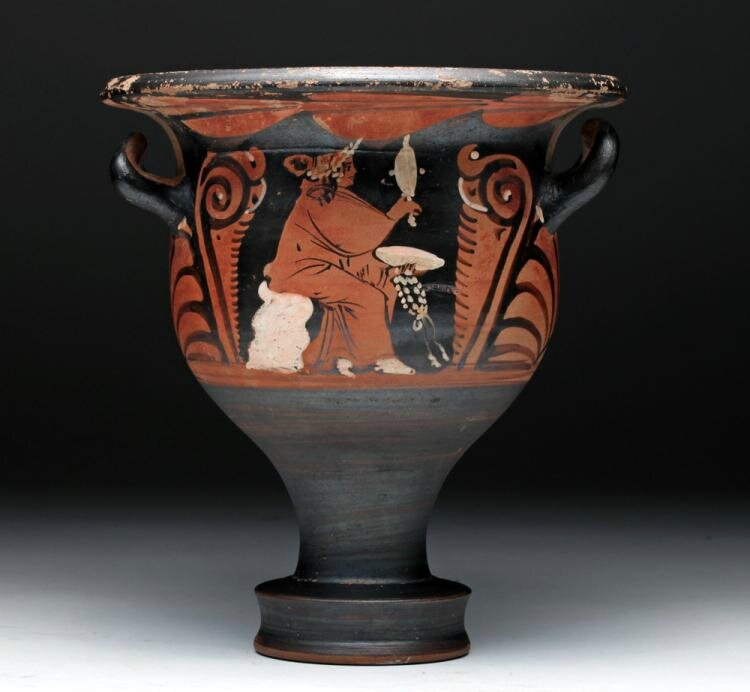


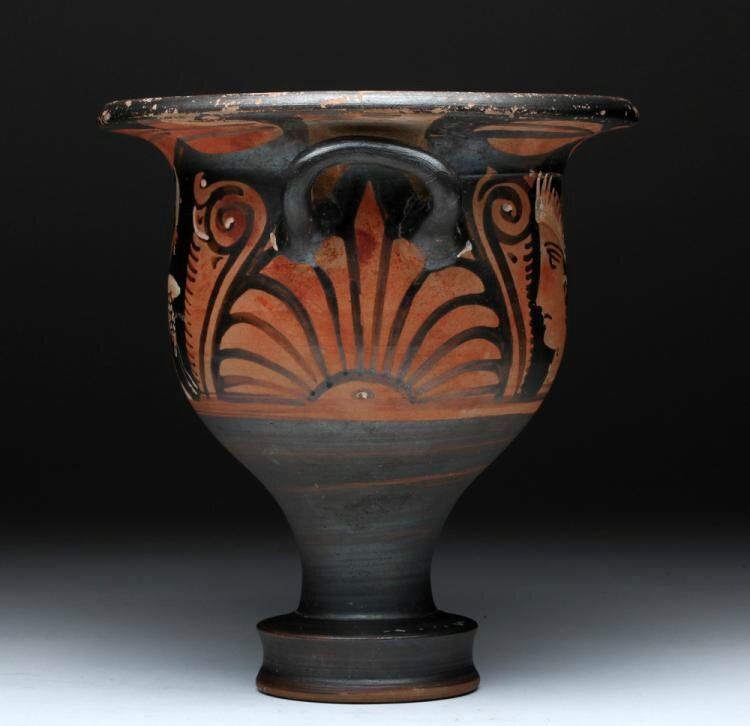









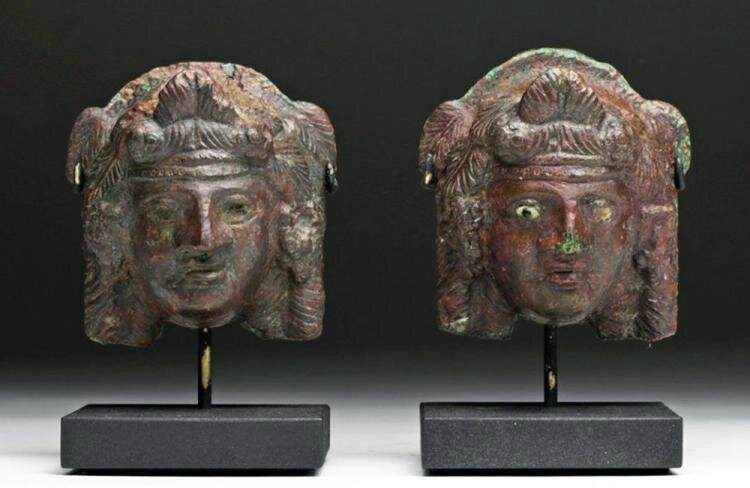





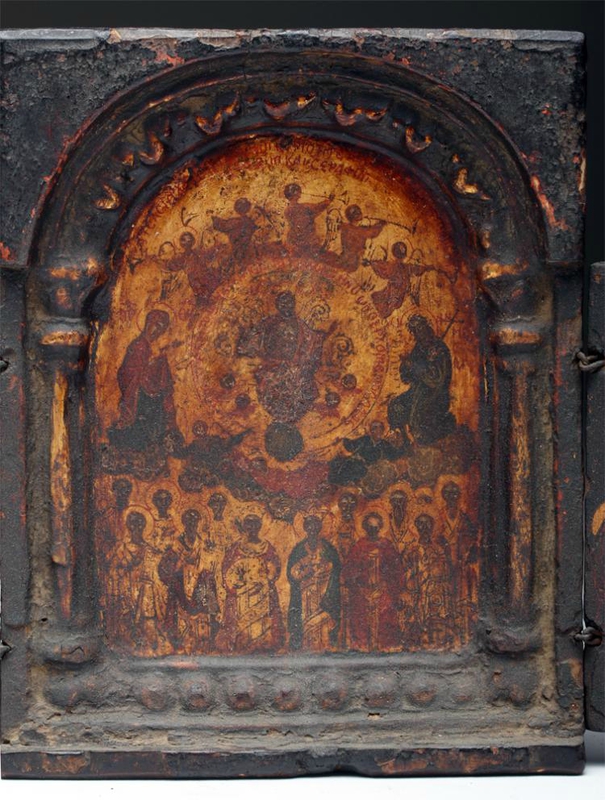
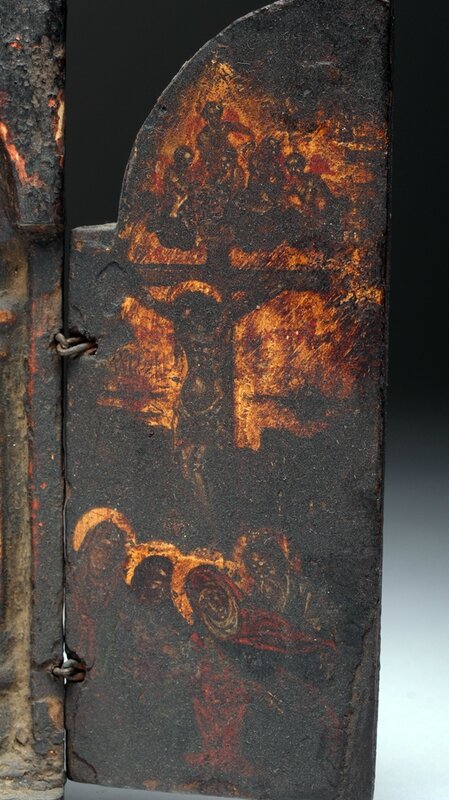
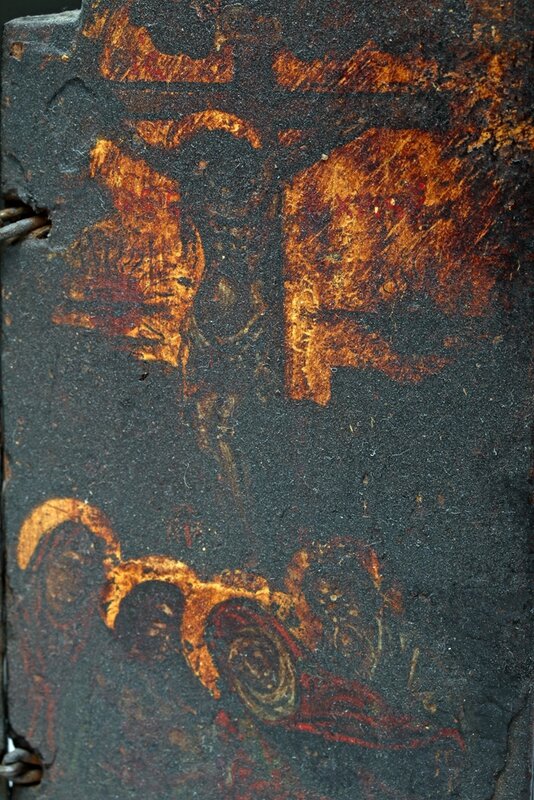


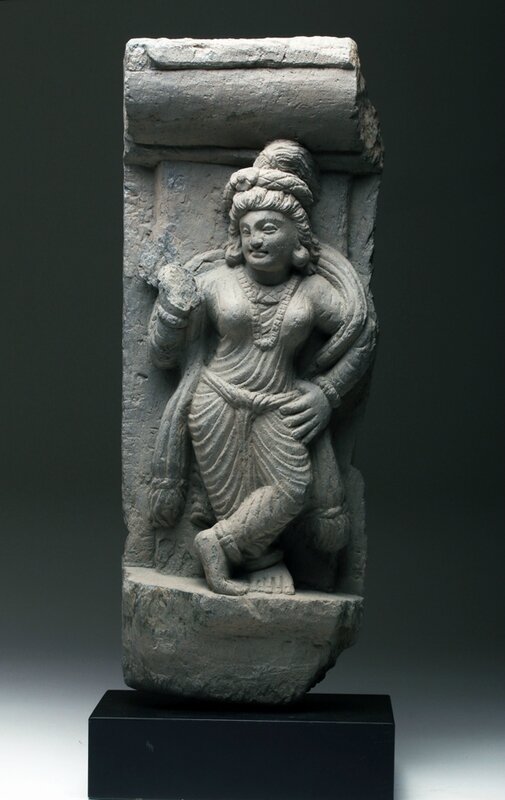


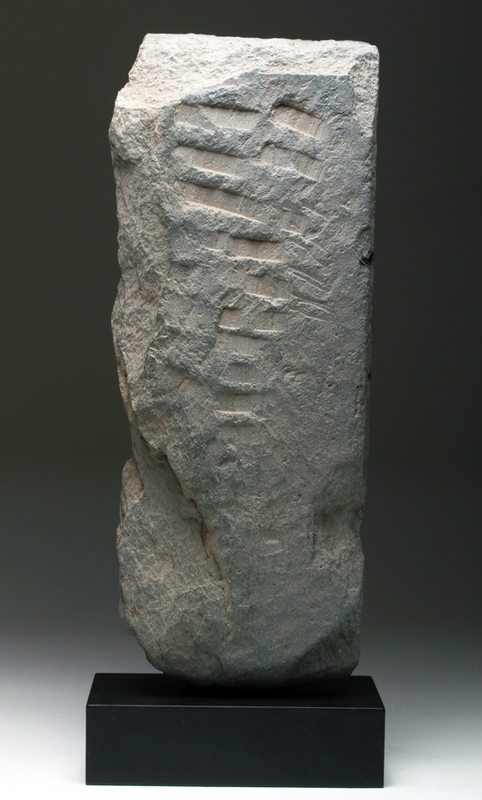




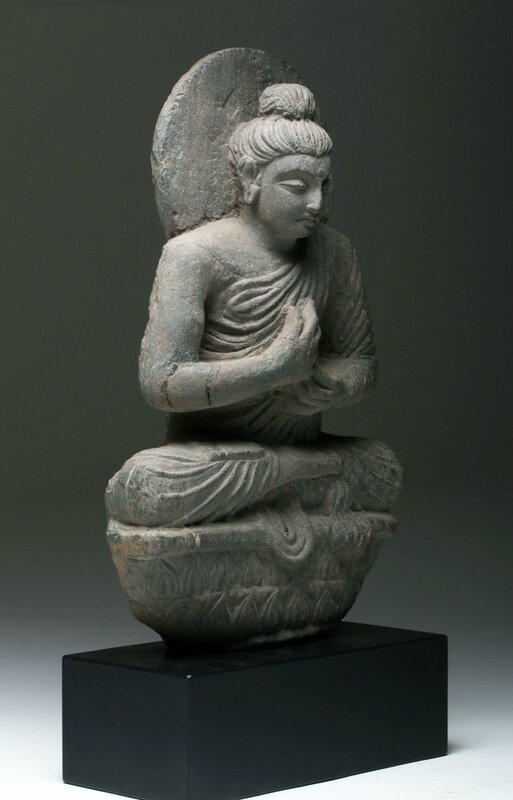

















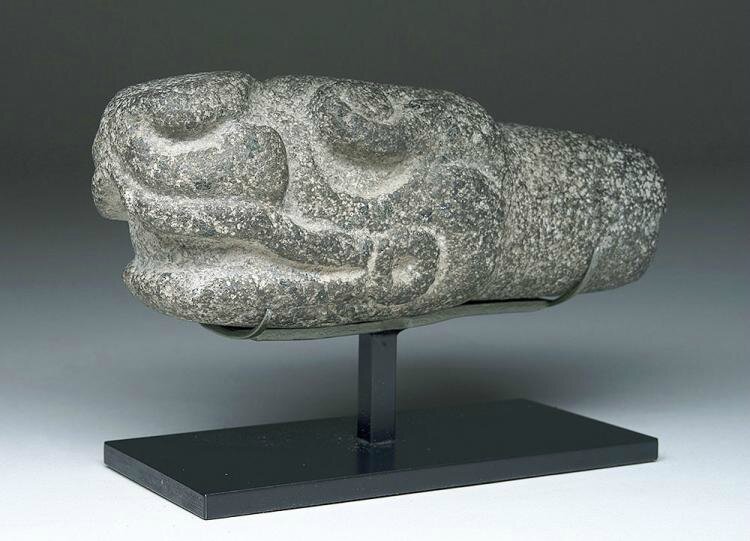




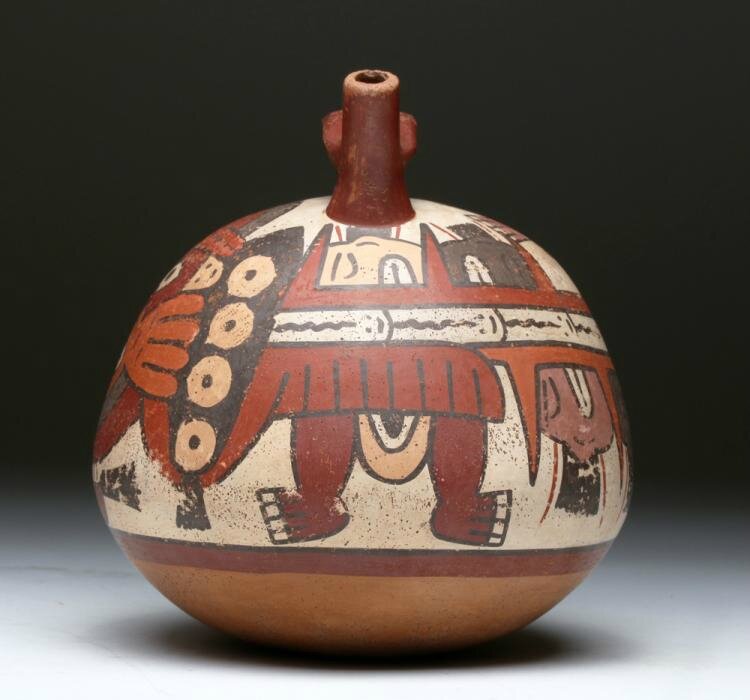

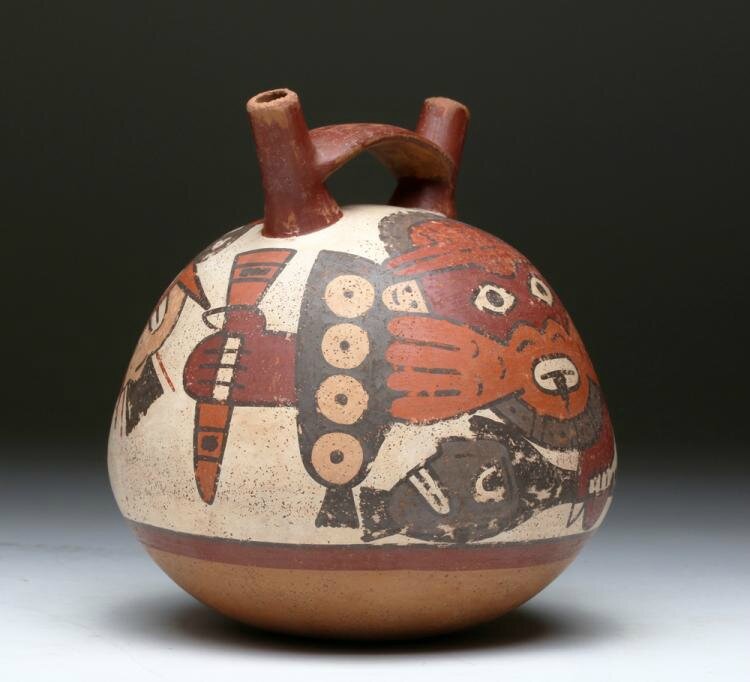




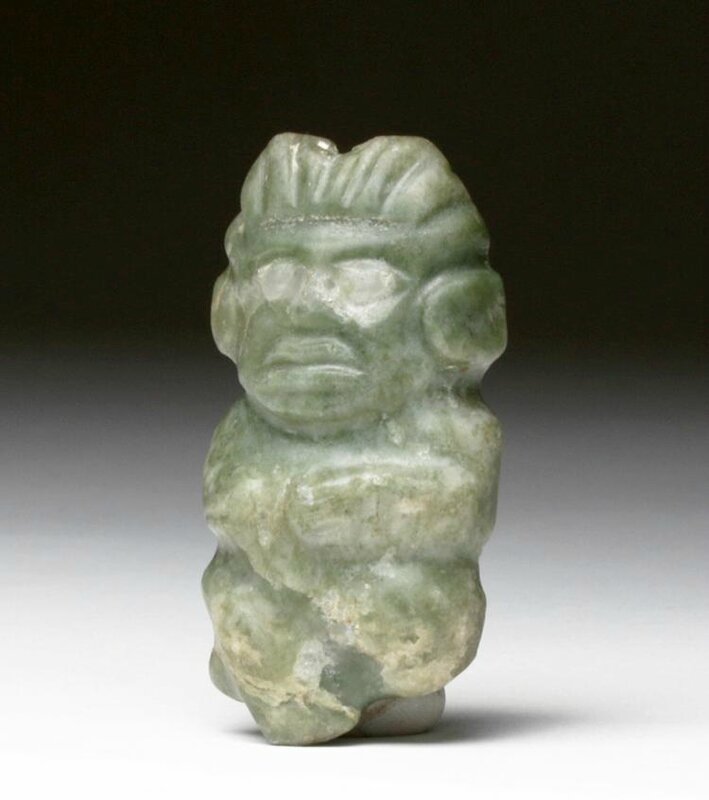







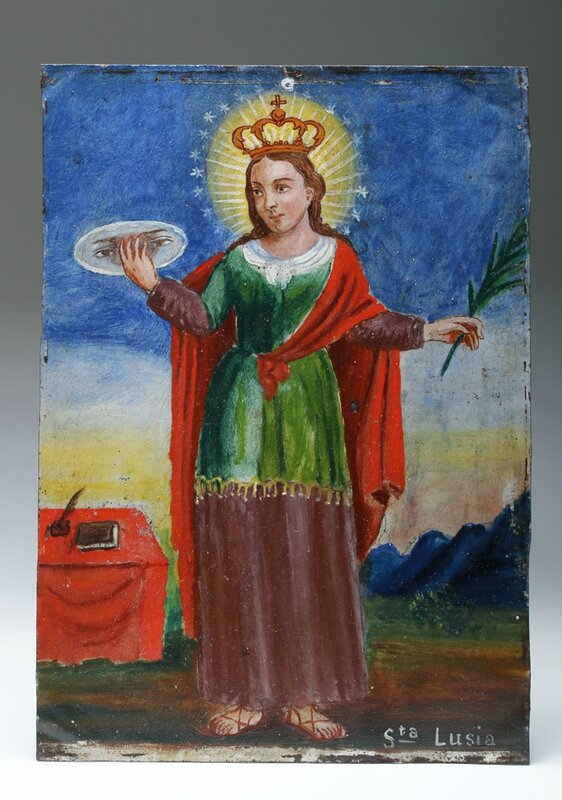

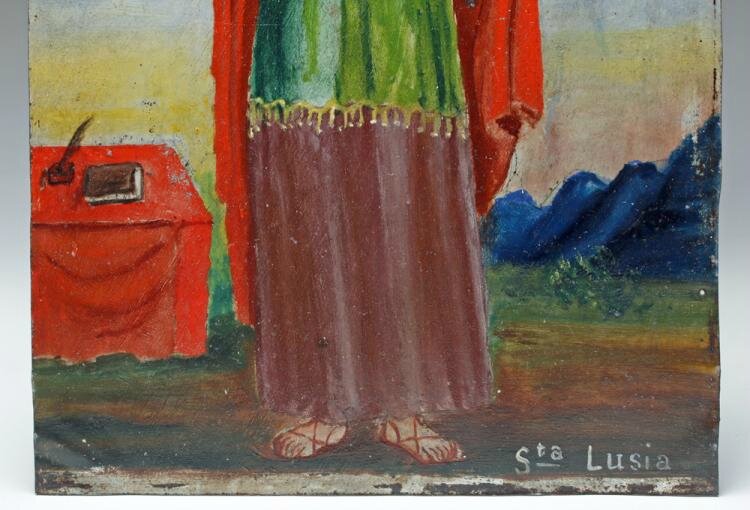
















/http%3A%2F%2Fstorage.canalblog.com%2F72%2F57%2F119589%2F31154984_o.jpg)
/http%3A%2F%2Fstorage.canalblog.com%2F22%2F99%2F119589%2F122332091_o.jpg)
/http%3A%2F%2Fstorage.canalblog.com%2F19%2F37%2F119589%2F111251604_o.jpg)
/http%3A%2F%2Fstorage.canalblog.com%2F78%2F09%2F119589%2F31440996_o.jpg)